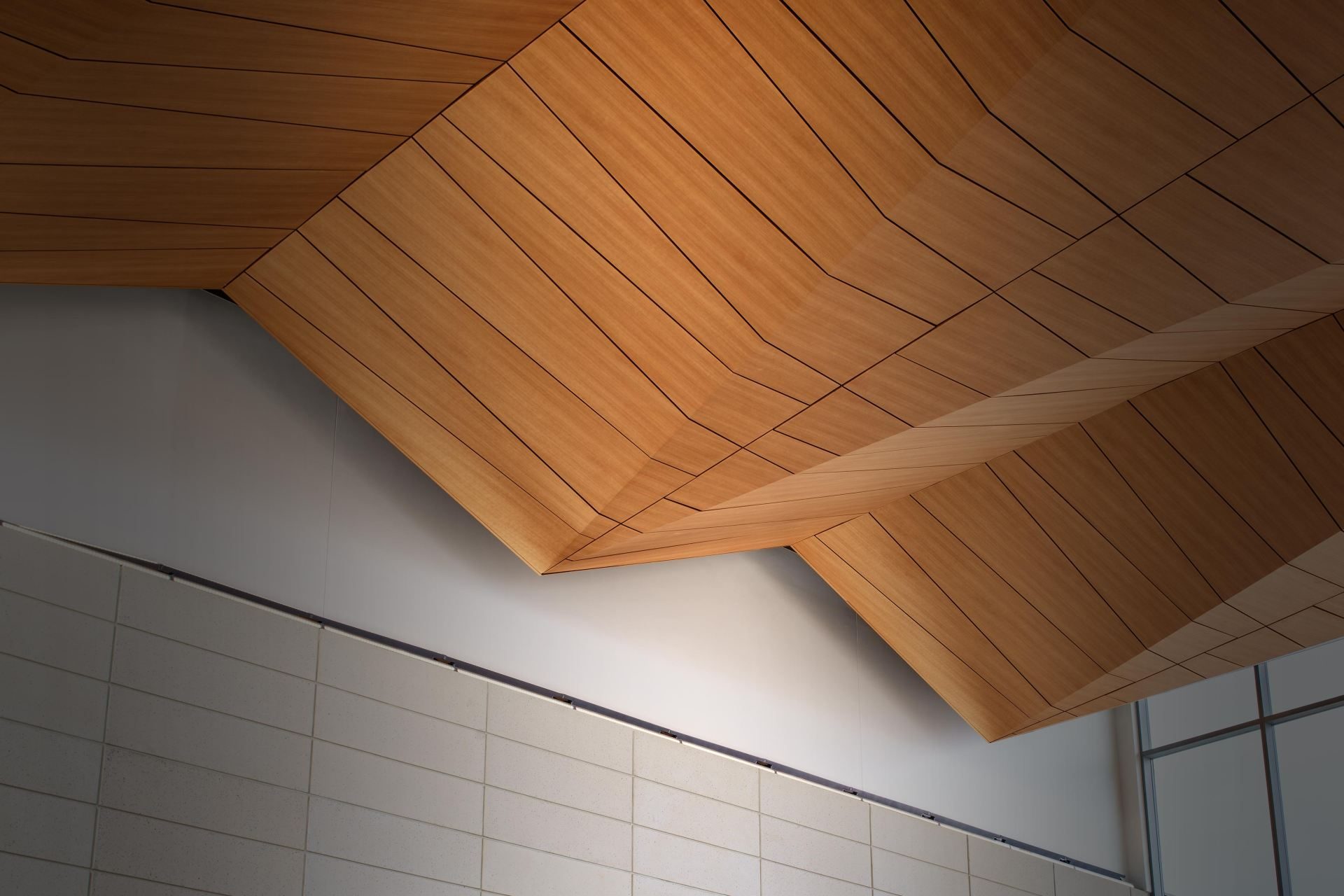
News – 2020
September 2020
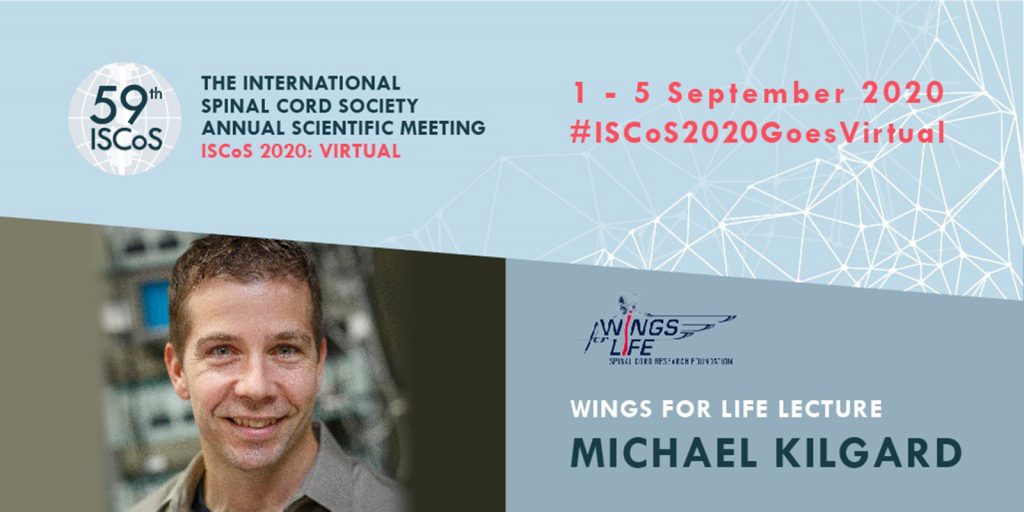
ISCoS 2020 – The 59th ISCoS Annual Scientific Meeting Goes VIRTUAL
Dr. Michael Kilgard trained in biochemistry and genetics at UC Berkeley and in neuroscience at UC San Francisco. He is the Margaret Fonde Jonnson Professor and directs the Texas Biomedical Device Center. Dr. Kilgard has published more than 120 paper in peer reviewed journals, including Nature, Science, Neuron, and Stroke. Dr. Kilgard holds 25 U.S. patents. His work is supported by DARPA, NINDS, NIDCD, the W.W. Caruth, Jr. Foundation Fund at Communities Foundation of Texas, and Wings for Life Spinal Cord Research Foundation. His research is focused on understanding the mechanisms that regulate neural plasticity in order to develop clinical tools to treat neurological and psychiatric conditions using precisely targeted synaptic plasticity. Dr. Kilgard’s laboratory uses behavioral training, environmental enrichment, drug therapy, deep brain stimulation and peripheral nerve stimulation methods to enhance neural plasticity. Over the last decade, his lab has developed treatments for spinal cord injury, tinnitus, PTSD, and stroke that employ brief bursts of vagus nerve stimulation paired with sensory stimulation or movement to direct therapeutic plasticity. These treatments are highly effective in animal models and are now being tested in randomized clinical trials.
July 31, 2020
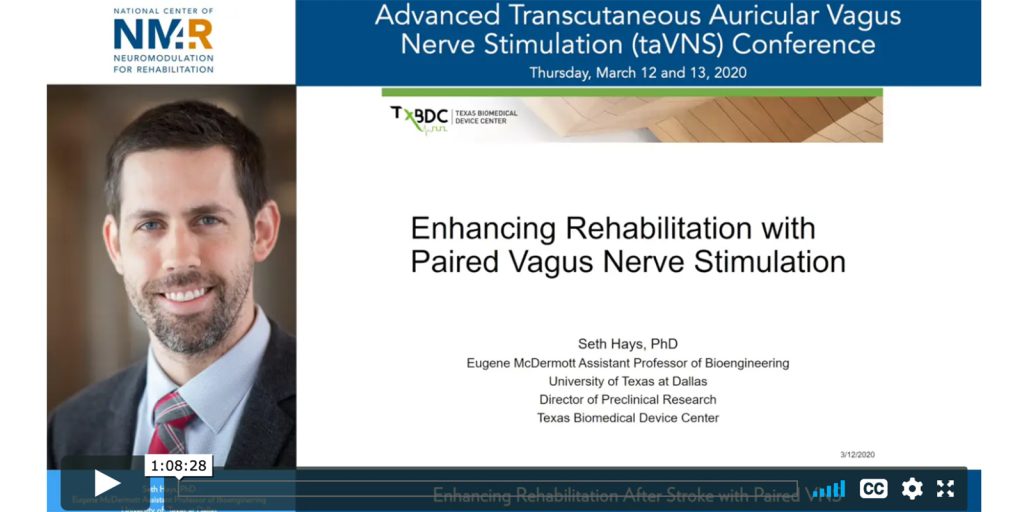
The Advanced Transcutaneous Auricular Vagus Nerve Stimulation Conference
Dr. Seth Hays recently presented at The Advanced Transcutaneous Auricular Vagus Nerve Stimulation Conference. Click to watch his presentation on Enhancing Rehabilitation After Stroke with Paired VNS.
May 14, 2020

FDA Approves a Second Clinical Trial Using the TxBDC ReStore Device to Improve the Treatment of PTSD
On April 15, 2020, the Texas Biomedical Device Center (TxBDC) at The University of Texas at Dallas received FDA approval to proceed with an early feasibility study using the ReStore Vagus Nerve Stimulator to enhance prolonged exposure therapy for treating Post Traumatic Stress Disorder (PTSD).
March 18, 2020
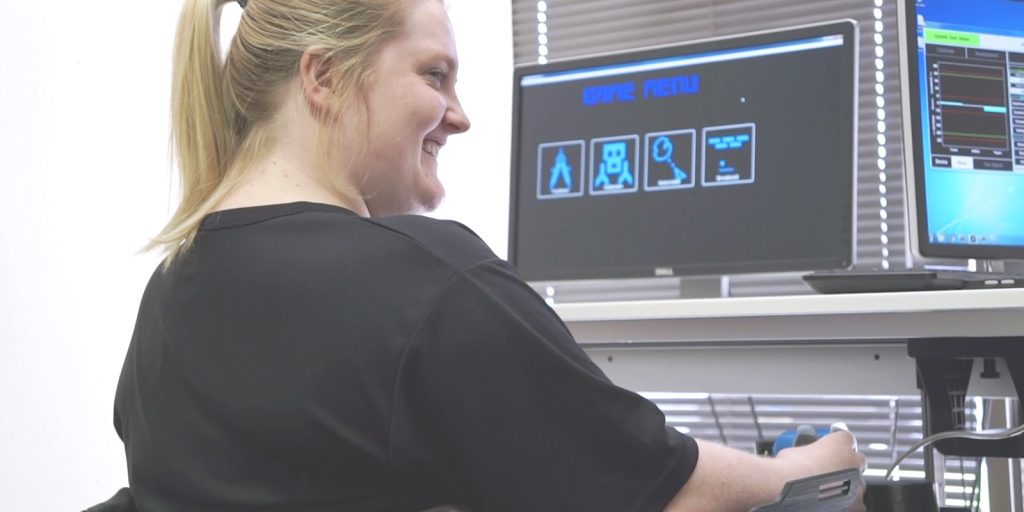
W.W. Caruth Jr. Fund at Communities Foundation of Texas Supports a Solution for Spinal Cord Injury
In 2016, the W.W. Caruth Jr. Fund at Communities Foundation of Texas awarded the Texas Biomedical Device Center (TxBDC) at The University of Texas at Dallas a gift to develop and test biomedical technology aimed towards helping patients with spinal cord injury. With this support, Dr. Robert Rennaker, professor in the School of Behavioral and Brain Sciences at UTD and founder of the TxBDC, developed technology resulting in a new treatment for patients who have suffered a spinal cord injury called RePlay.
March 9, 2020
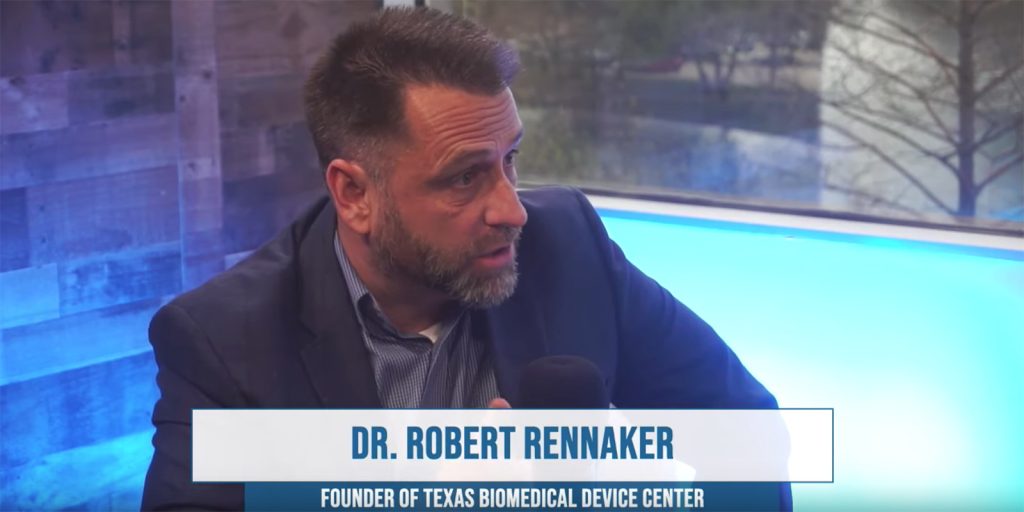
Dr. Robert Rennaker | The Jeff Crilley Show
On this episode of The Jeff Crilley Show, Jeff welcomes Dr. Robert Rennaker from Texas Biomedical Device Center.
March 1, 2020
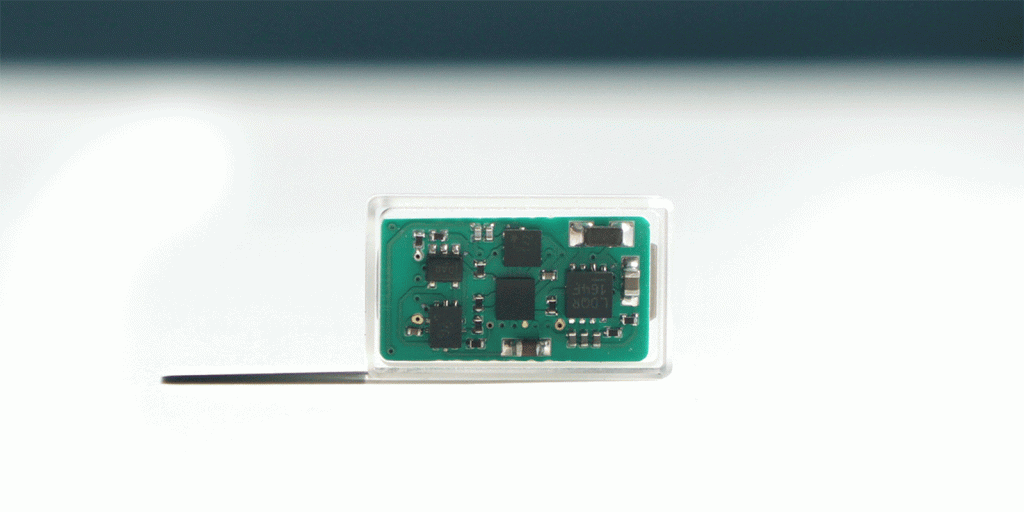
FDA Approves First in Human Study Using the TxBDC ReStore Device
On February 20, 2020 the Texas Biomedical Device Center (TxBDC) at The University of Texas at Dallas received FDA approval to proceed with an early feasibility study using the ReStore Vagus Nerve Stimulator to enhance recovery following a spinal cord injury. Technical specifications about the device were published in the Journal of Neuroscience Methods in May 2019.
Feb. 14, 2020
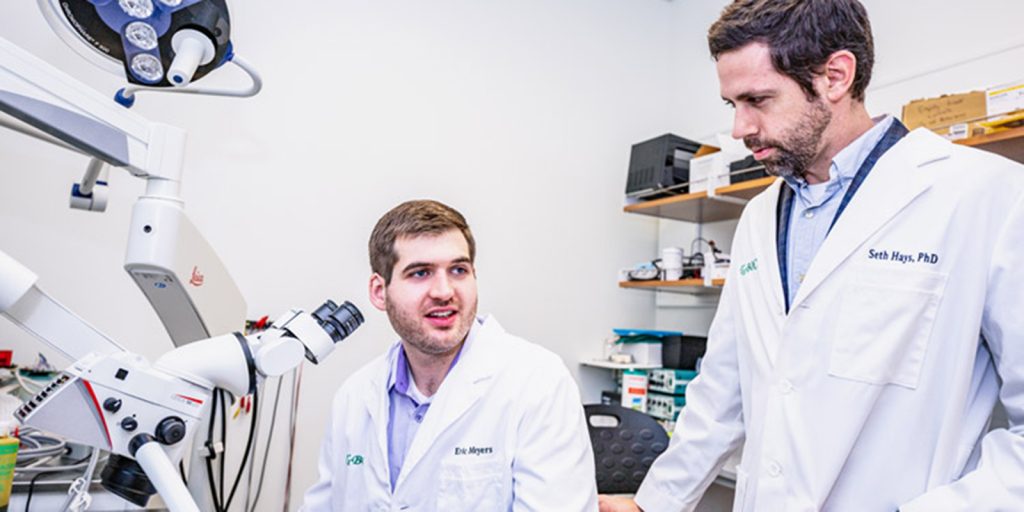
Study: VNS Shows Promise for Improving Peripheral Nerve Recovery
When a nerve in an arm or leg is damaged, the brain adapts rapidly to the suddenly missing signal from that part of the body. This reaction complicates later efforts at rehabilitation. In an effort to restore function after peripheral nerve injury, researchers at The University of Texas at Dallas have demonstrated in an animal model that sparking change in the central nervous system during physical rehabilitation enhances recovery.
Jan. 13, 2020
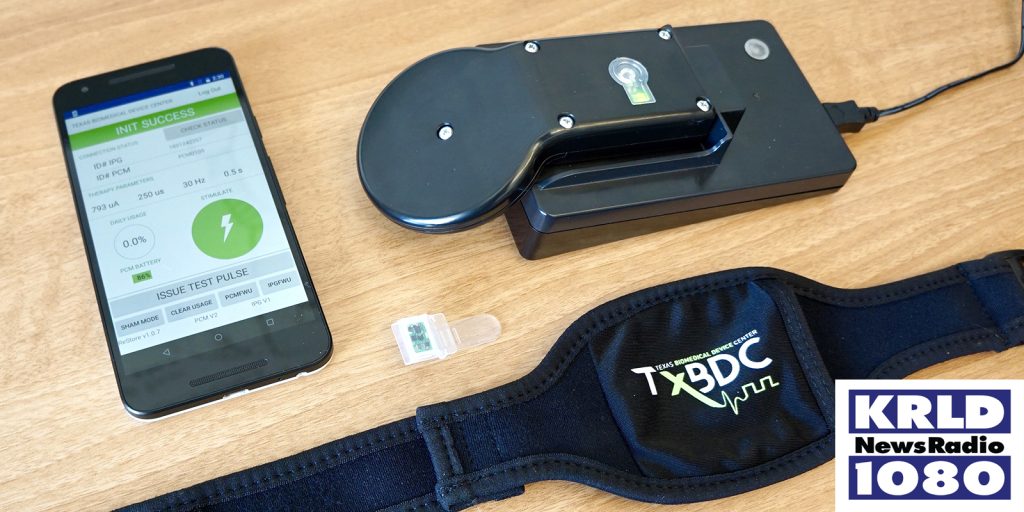
UT Dallas Develops New Device To Help Stroke Victims
The University of Texas at Dallas is developing a new device to help stroke victims. The wireless device is a tiny piece of glass that sits on the vagus nerve in the neck. It helps release chemicals in the brain that can help the person recover faster. Dr. Robert Rennaker, professor of engineering and neuroscience and the Texas Instruments Distinguished Chair in Bioengineering, helped create the device.
Jan. 13, 2020
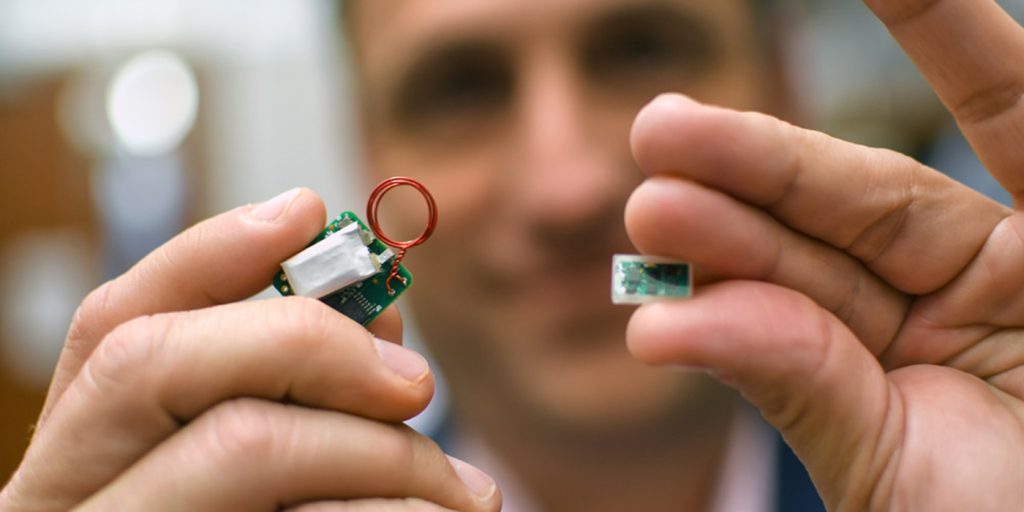
Grant Brings Nerve Stimulation Device Closer to Next Stage of Testing
Bioengineering researchers at The University of Texas at Dallas recently received a $1.4 million grant from the National Institutes of Health to study the use of wireless vagus nerve stimulation (VNS) to enhance recovery after stroke.
